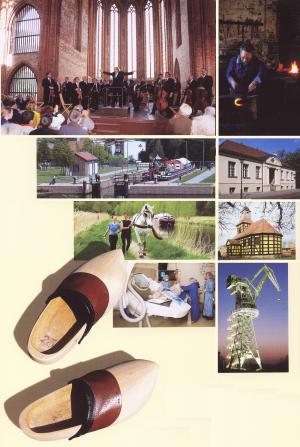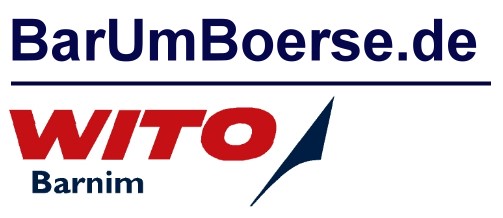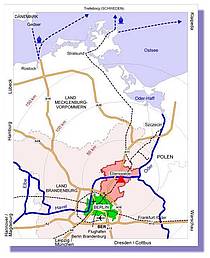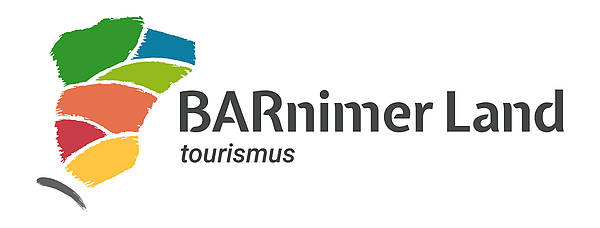Strong in tradition

Frisian, Flemish, Frankish, Huguenots and later Westphalians migrated to Barnim.
The Barnim is a traditional resettlement region.
The new settlement was prompted by workforce requirements. Tolerance of diverse religions was assured and the newly acquired land may be inherited. Taxes and contributions were set at intentionally low rates. The promotion of economic development today follows in this tradition.
Leading the way is the annual “Hussites” celebrations (followers of John Huss) in Bernau near Berlin; it just goes to prove that the people of the Barnim don't forget their roots. They also go as far as keeping up the Slavic cultural folklore. The Barnim with its fords (Furten) across the River Finow was originally the frontier between the Askaniern people and the Slavs. Today, Eberswalde is an east - west link that continues to gain on importance for the transport networks as a central junction point.
The Finow canal made the transportation of building materials possible as Berlin began its transformation from a group of villages into a town and then a city and indeed still does today. Simultaneously Eberswalde grew into the »Wuppertal of the Maerkische region« as the major centre for metallurgy in Brandenburg. The people of Barnim are proud of their many inventions of international renown, especially in the field of medicine.
The Barnim is also a traditional place for rest and recreation. Eberswalde was at one time a spa town. The Schorfheide was used as hunting grounds by the countries ruling classes throughout history. The lakes and forests have always been the favoured excursion area for Berliners and it is true to say that the same applies today.







